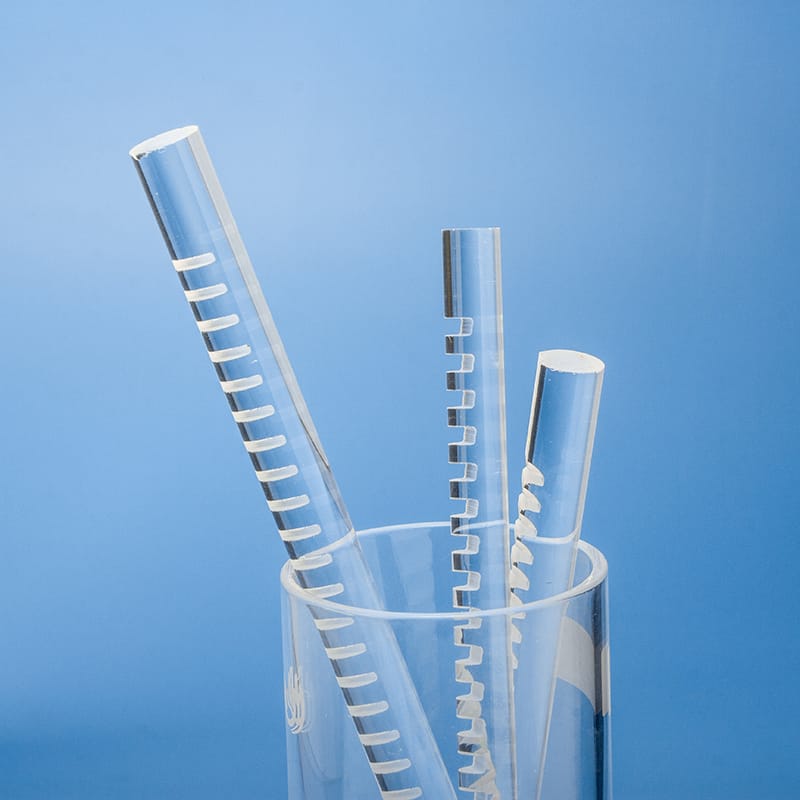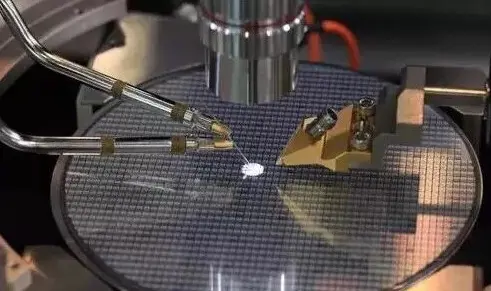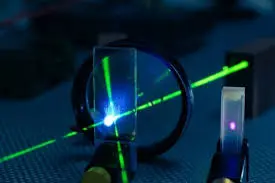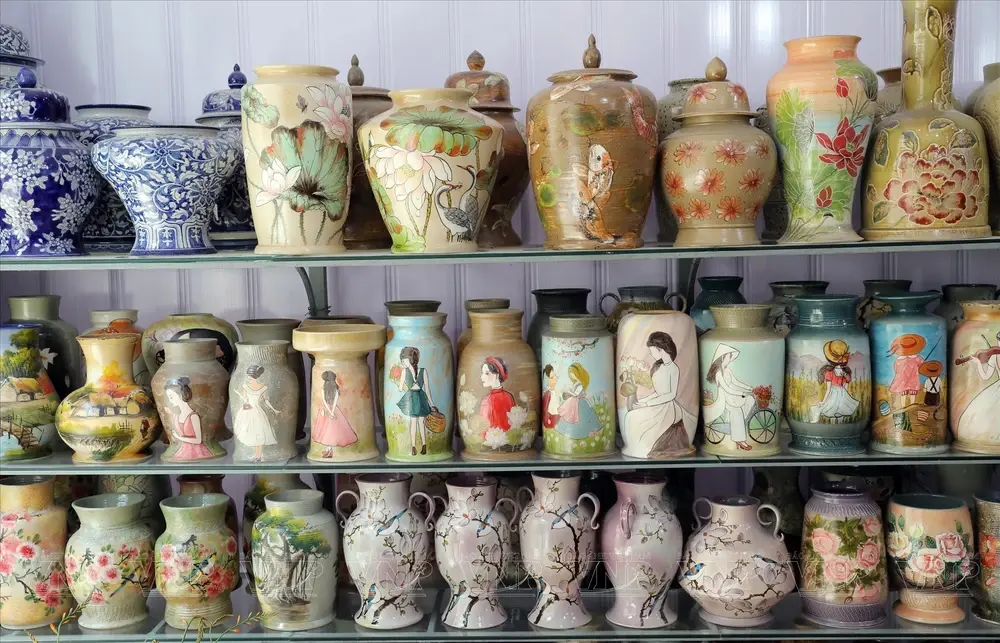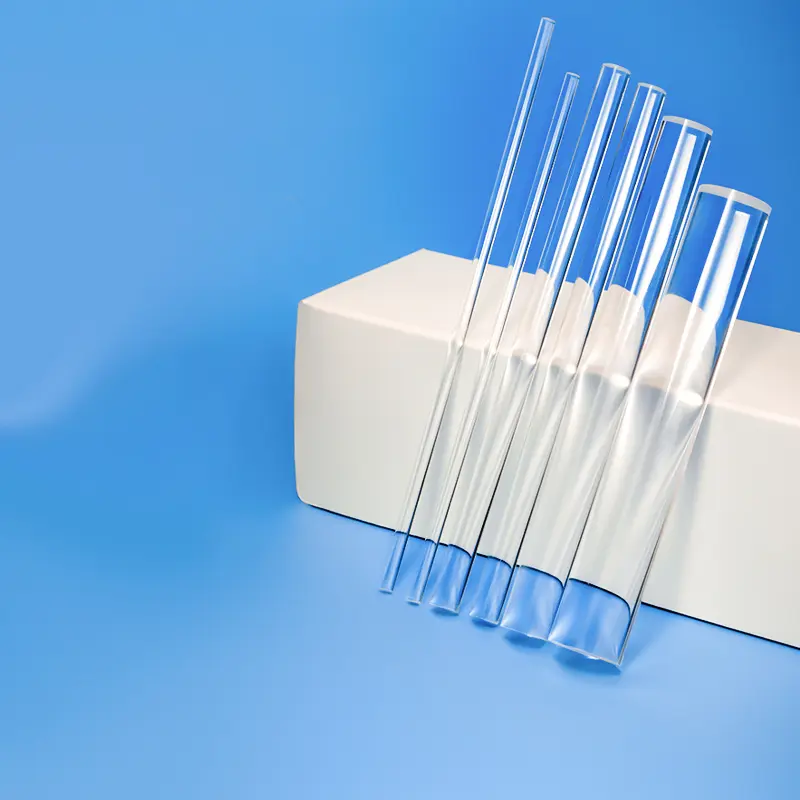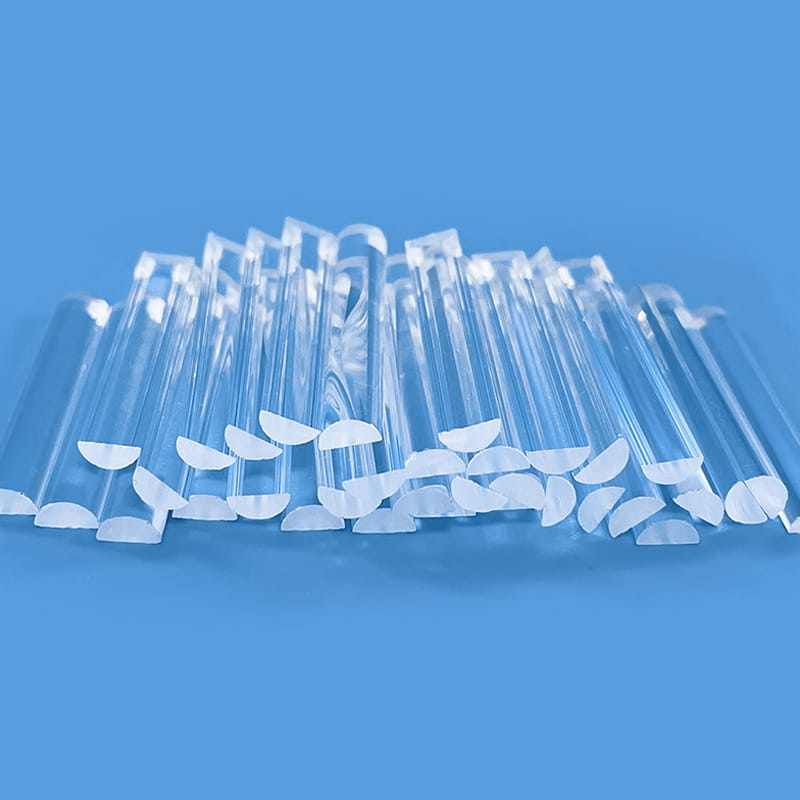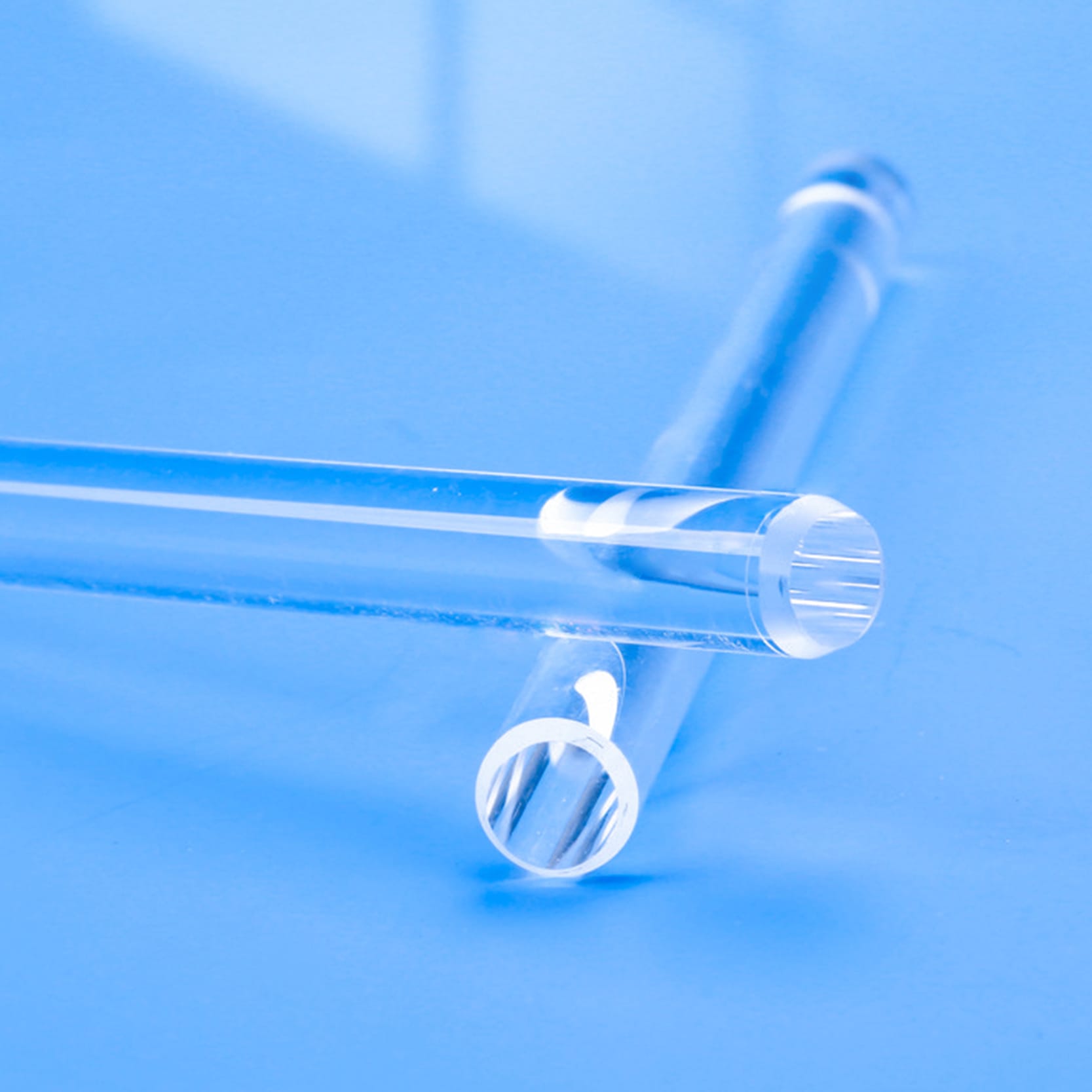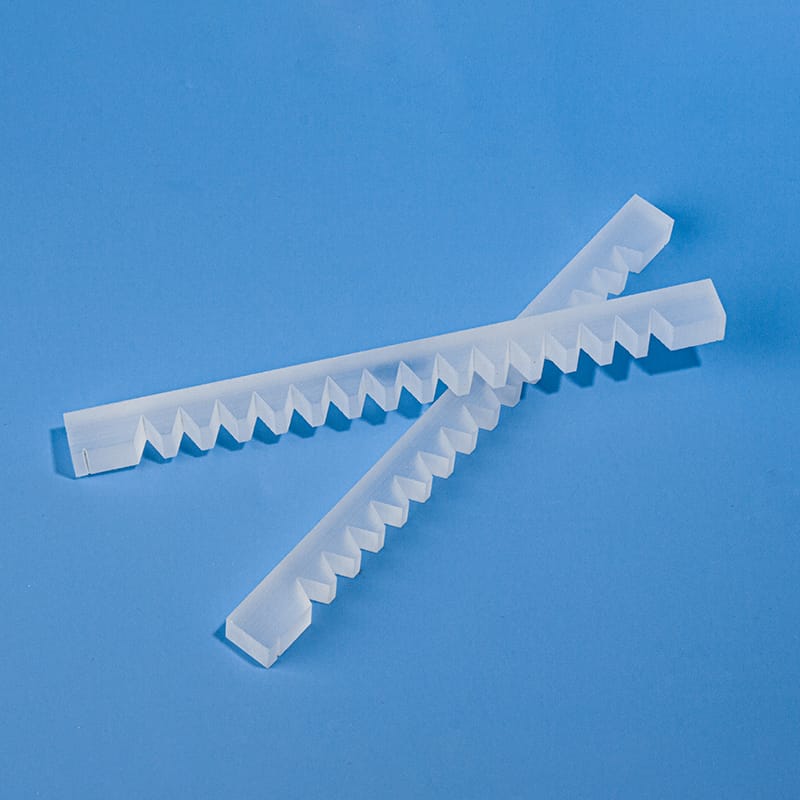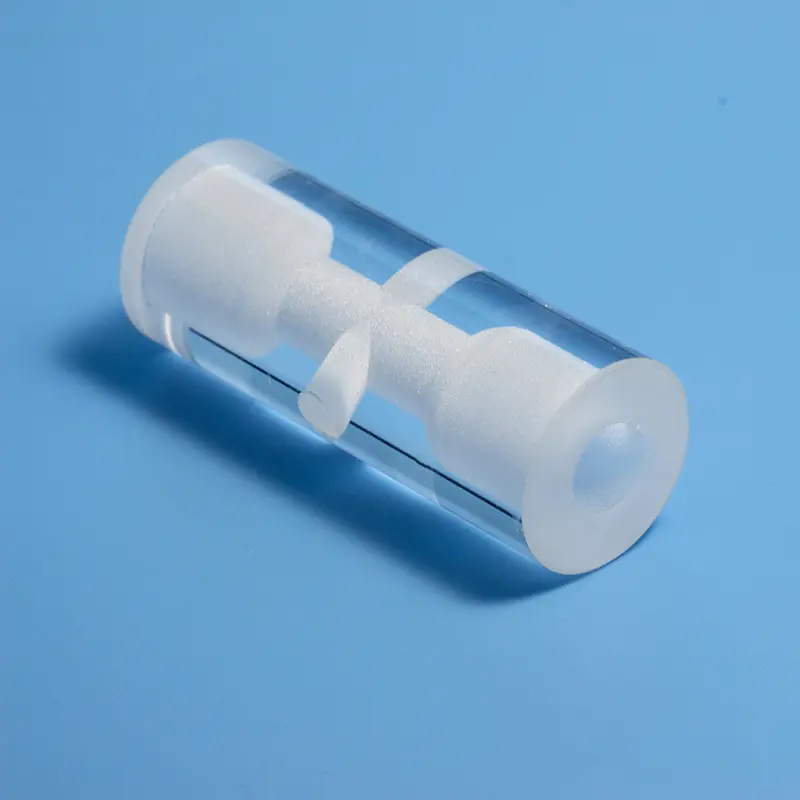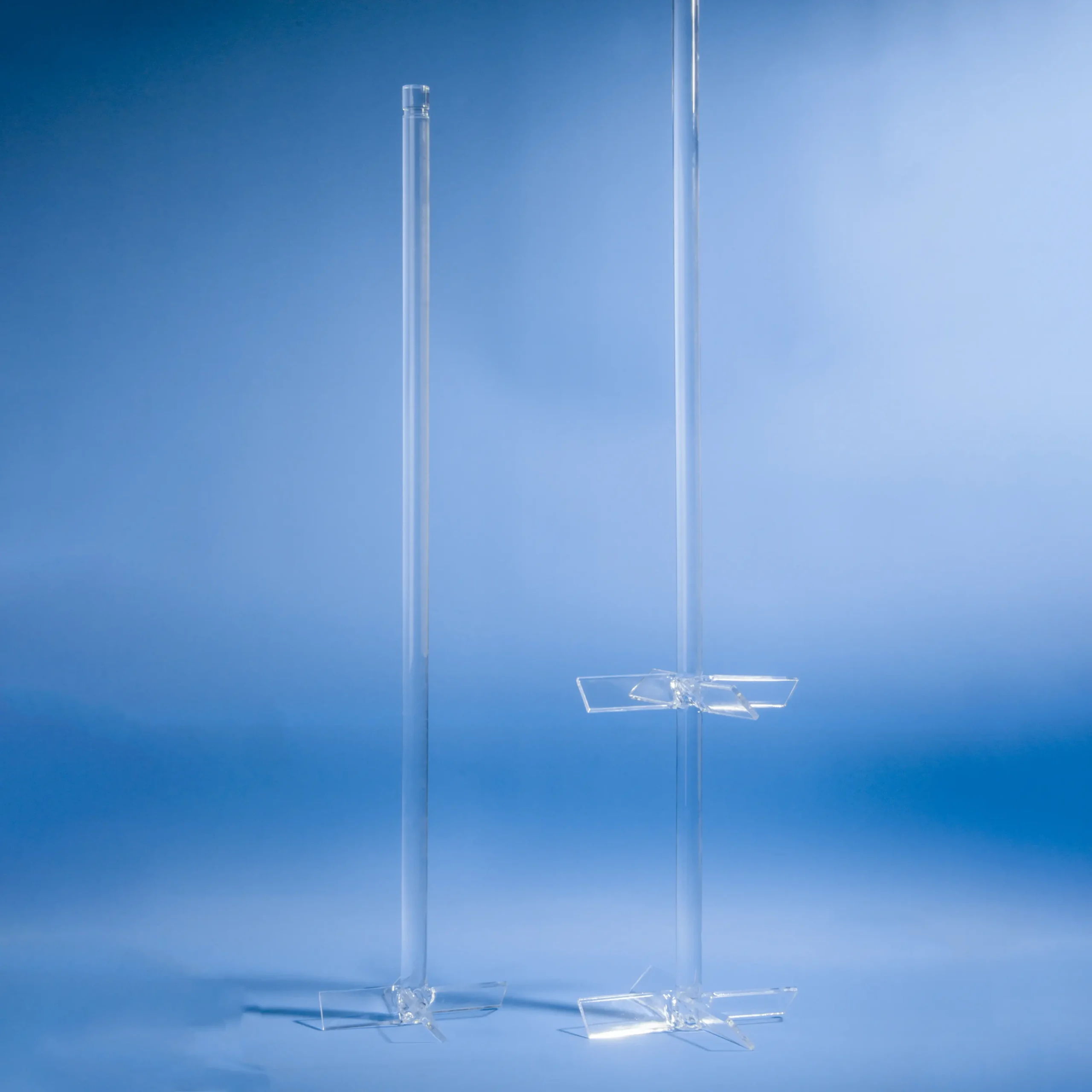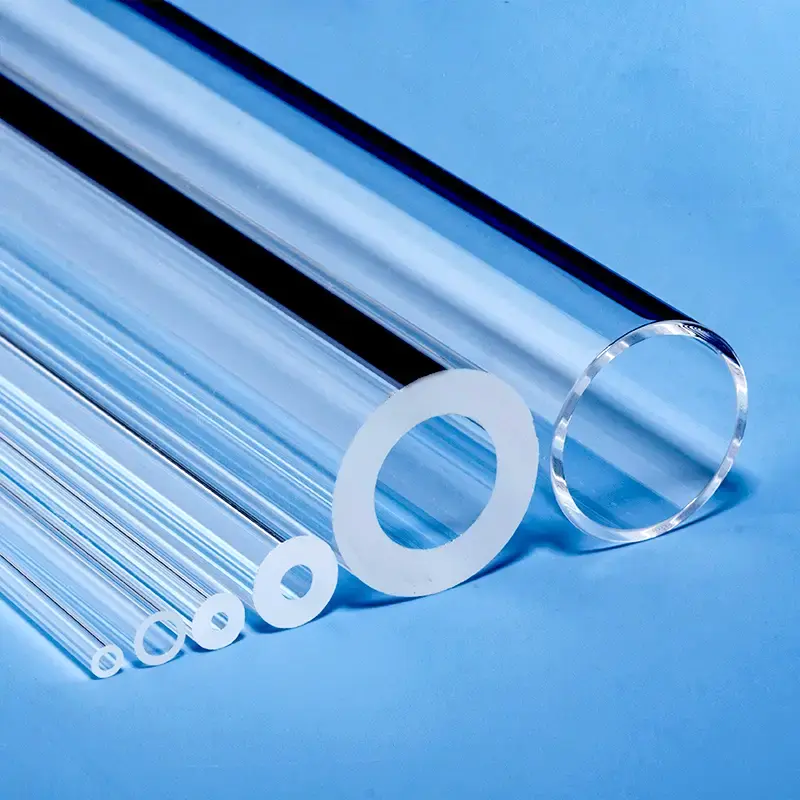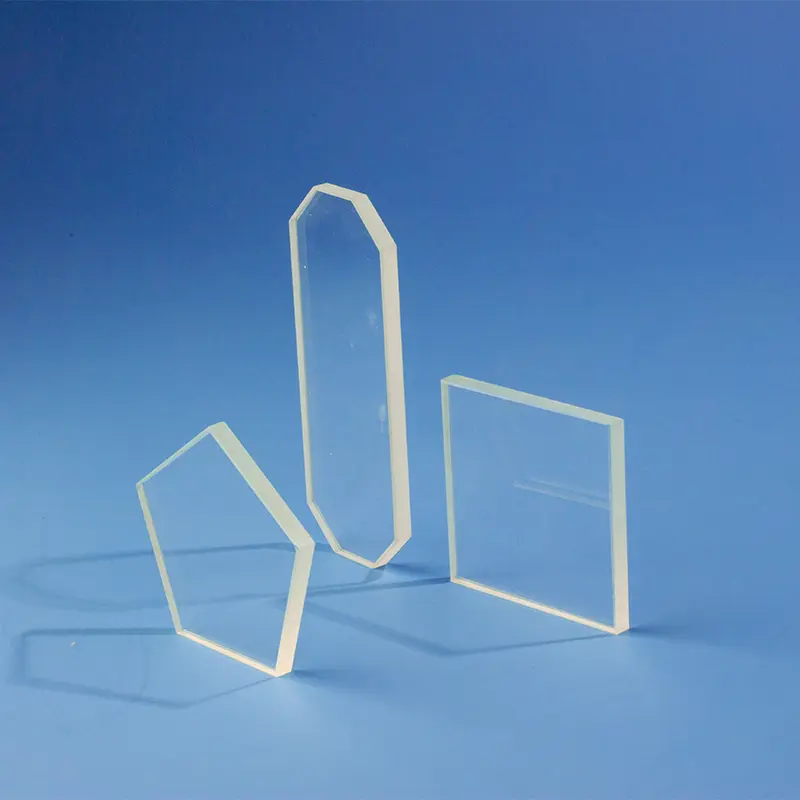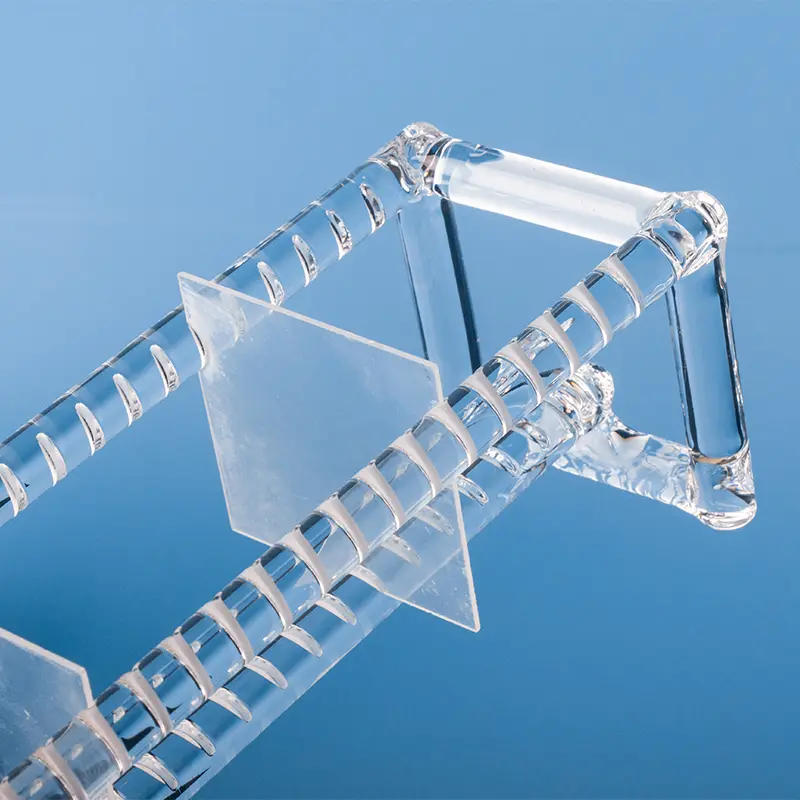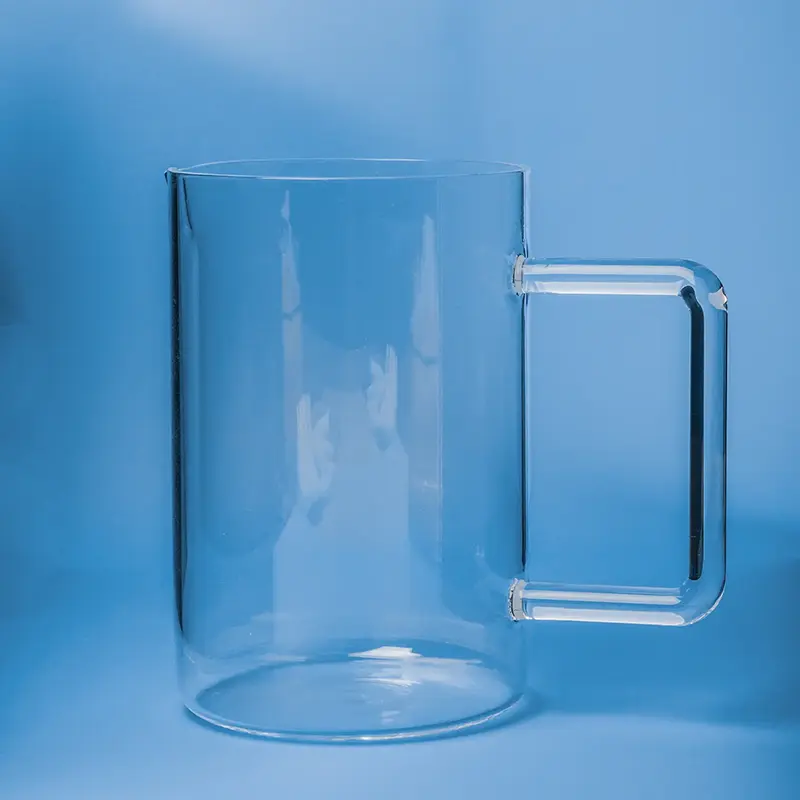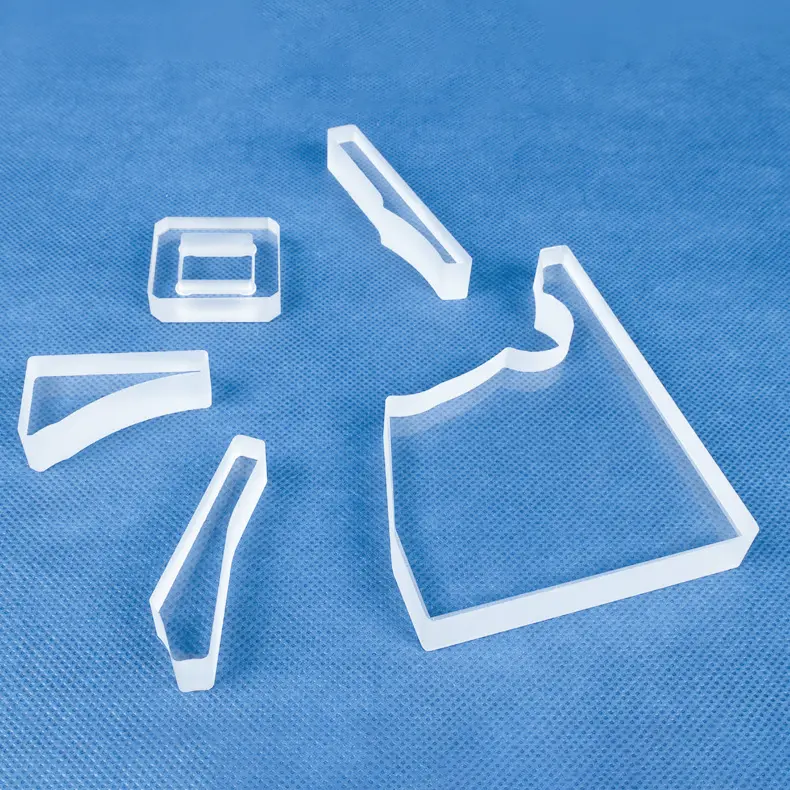A quartz slotted rod, as a specialized machining tool, is primarily used for performing slotting operations on quartz materials, such as quartz glass and quartz crystals.
| diameter | length |
|---|---|
| 10mm | 300mm |
| 10mm | 600mm |
| 12mm | 300mm |
| 12mm | 600mm |
| 14mm | 300mm |
| 14mm | 600mm |
| 15mm | 300mm |
| 15mm | 600mm |
| 15mm | 1000mm |
| 16mm | 300mm |
| 16mm | 600mm |
| 16mm | 1000mm |
| 16mm | 1200mm |
| 18mm | 300mm |
| 18mm | 600mm |
| 18mm | 1000mm |
| 18mm | 1200mm |
| 20mm | 300mm |
| 20mm | 600mm |
| 20mm | 1000mm |
| 20mm | 1200mm |
| 22mm | 300mm |
| 22mm | 600mm |
| 22mm | 1000mm |
| 22mm | 1200mm |
| 25mm | 300mm |
| 25mm | 600mm |
| 25mm | 1000mm |
| 25mm | 1200mm |
| 28mm | 300mm |
| 28mm | 600mm |
| 28mm | 1000mm |
| 28mm | 1200mm |
| 30mm | 300mm |
| 30mm | 600mm |
| 30mm | 1000mm |
| 30mm | 1200mm |
| 32mm | 300mm |
| 32mm | 600mm |
| 32mm | 1000mm |
| 32mm | 1200mm |
| 35mm | 300mm |
| 35mm | 600mm |
| 35mm | 1000mm |
| 35mm | 1200mm |
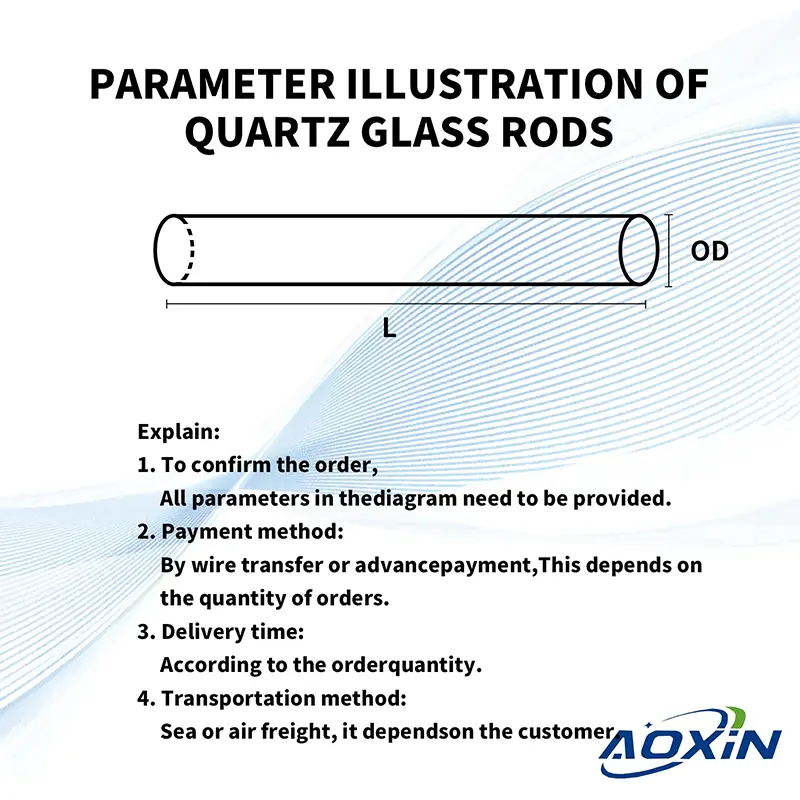
- Payment method:
By T/T or prepayment,
It depends on the quantity of the order. - Delivery time:
According to the order quantity. - Shipping method:
By sea or by air,
It depends on the customer.
Remarks:
To confirm the order,
the following parameters are required:
① outer diameter ② length ③ quantity
| Contenido de la propiedad | Valores inmobiliarios |
|---|---|
| SiO2 | 99.99% |
| Densidad | 2,2×10³ kg/cm³ |
| Dureza | 5,5 - 6,5 Escala de Mohs 570 KHN 100 |
| Resistencia a la tracción | 4,8×10⁷ Pa (N/mm2) (7000 psi) |
| Resistencia a la compresión | >1,1×10⁹ Pa (160.000 psi) |
| Coeficiente de dilatación térmica | 5,5×10-⁷ cm/cm-°C (20°C-320°C) |
| Conductividad térmica | 1,4 W/m-°C |
| Calor específico | 670 J/kg-°C |
| Punto de ablandamiento | 1730°C (3146°F) |
| Punto de recocido | 1210°C (2210°F) |
| Punto de deformación | 1120°C (2048°F) |
| Temperatura de trabajo | 1200°C (2192°F) |
| Resistividad eléctrica | 7×10⁷ ohm cm (350°C) |
| Talla | Personalizado |
| Logotipo | Logotipo personalizado Aceptar |
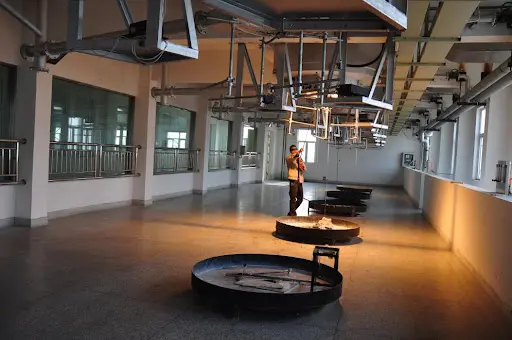
There are two primary methods for producing quartz rods: the continuous method and the flame fusion method (also known as the gas fusion method).
Continuous Method: In this method, quartz sand is fed from the top into a furnace, which comprises a metallic quartz crucible surrounded by electric heating elements. The quartz sand melts at high temperatures. The molten material then passes through a shaping orifice at the bottom of the crucible, producing rods, tubes, sheets, or other various specified product forms.
Flame Fusion Method: This method involves using hydrogen and oxygen to melt colorless quartz crystal. The molten material is formed into quartz glass through the melting and congealing of crystalline particles in the flame. The quartz glass is then removed from the flame through different methods and processed into quartz rods of the desired shape.
Industria de semiconductores
In the semiconductor manufacturing process, quartz slotted rods are used for machining critical components such as wafers. They ensure the precision and quality of the products through precise slotting processes.
Optical Instrument Manufacturing
Quartz slotted rods are also widely used in the manufacturing of optical instruments, for applications like creating slots in lenses and prisms to meet the needs of high-precision optical systems.
Ceramics Industry
In the shaping and sintering of ceramics, quartz slotted rods are used for creating slots with specific shapes or structures, enhancing the quality and yield of ceramic products.
Otras aplicaciones industriales
The structure of a quartz stirring rod generally includes the rod body, head, and connecting rod. Heads are designed in various shapes, such as disks or cones, to meet different stirring needs. Connecting rods are typically equipped with adjustment knobs for easy adjustment of the stirring rod length.
Escenario de aplicación
The slotting process involves several steps: First, a quartz round rod is shaped into a square rod. Then, the ends of the square rod are cut, and the flatness, length, and perpendicularity of the square rod are inspected. Subsequently, the square rod is embedded into a graphite plate with an equal number of parallel “V”-shaped grooves on its upper surface. Liquid wax is then poured to secure the square rod to the “V”-shaped grooves. Finally, the liquid wax is cooled with water to solidify, completing the fixation of the square rod.
The slotting apparatus comprises a three-axis CNC machine tool with a graphite plate on its platform. The graphite plate features several parallel “V”-shaped grooves on its upper surface. This design helps improve the positioning and fixation of the quartz square rods, enhancing slotting precision.
Using quartz slotted rods offers multiple advantages, including improving the efficiency of slotting multiple square rods simultaneously, ensuring post-slotting precision, reducing damage to square rods during the slotting process, and facilitating easy removal of the slotted square rods.
Preguntas más frecuentes
El vidrio de cuarzo es un material duro y quebradizo con excelentes propiedades físicas y químicas, dureza mecánica extremadamente alta, buen aislamiento eléctrico, resistencia a altas temperaturas y a la corrosión, rendimiento de retardo bajo y estable, buena transmitancia luminosa, etc. Se utiliza ampliamente en semiconductores, óptica, electricidad, química, aeroespacial, automoción y otros campos. Los materiales duros y quebradizos son difíciles de procesar, y muchos campos necesitan urgentemente procesos de corte con un pequeño colapso del borde, menos pérdida de material, baja rugosidad de la sección transversal y un amplio rango de grosor de corte. El método de corte tradicional del vidrio de cuarzo es el corte mecánico, es decir, el corte por disco. Los métodos de corte no tradicionales incluyen el corte por chorro de agua, el corte por hilo de descarga electroquímica, el corte por láser continuo, etc. El corte mecánico tiene un bajo coste, pero el contacto entre la rueda y el material causa un gran desgaste de la herramienta, y el material es fácilmente contaminado por la herramienta. El vidrio de cuarzo es propenso al colapso de los bordes, las microfisuras y la tensión residual, lo que afecta a la resistencia y el rendimiento del material. Es difícil conseguir un corte curvo y requiere un tratamiento posterior, como esmerilado y pulido. El corte por láser no entra en contacto directo con el material, no tiene tensión de contacto y puede realizar cortes curvos complejos. El láser de picosegundos tiene las ventajas de un diámetro de punto pequeño, alta precisión, tiempo de acción corto con el material y área de acción pequeña, y es adecuado para el procesamiento de materiales duros y quebradizos.
。

